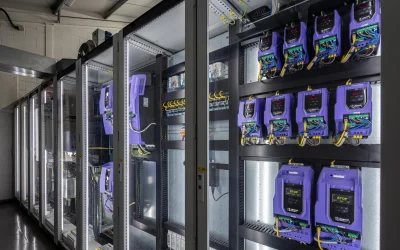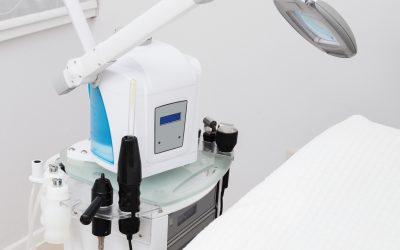There are various types of valves used in applications with different pressure levels. These valves must be engineered to high standards and quality to withstand corrosion, high pressures, and temperatures in various applications. They also come in multiple tubing sizes and body designs to meet the task requirements.
How Do You Power A High-Pressure Valve?
High-pressure valves can be used in various industrial and domestic applications. However, before setting up these valves, operators must figure out how they will power them. There are two ways to power these valves;
Pneumatic power
Electric power
Whatever method you choose, the power will be delivered by an actuator to the valve, bolted at the top of the valve.
Pneumatic Actuator
A pneumatic actuator, also called air actuators, air cylinder, or pneumatic cylinders are responsible for converting energy from compressed air into mechanical motion. This actuator converts energy into rotary or linear mechanical movements to power a high-pressure valve.
Pneumatic actuators allow compressed air or pressurized gas to build pressure into the chamber. Once the internal pressure surpasses the contrasting atmospheric pressure outside the chamber, it generates a kinetic piston or gear movement directed in a circular or straight mechanical motion.
Electric Actuator
An electric actuator uses an electric motor to create the required force to power a high-pressure valve. This device can create load movement or clamp when used in applications that require force. There is an electric motor that produces rotary motions when the rotor rotates. The spindle is also coupled to a helical screw through the drive shaft that turns the ball screw nut.
There is also an electric drive that controls the motor and regulates the speed producing a linear velocity of the actuator. Therefore, the linear actuator can be programmed to move in specific directions to stop, move, or retain its position when using high-pressure valves.
These two systems are optimized to meet the minimum operating requirements for the application. Always engage industry experts to take you through challenging steps where necessary.







